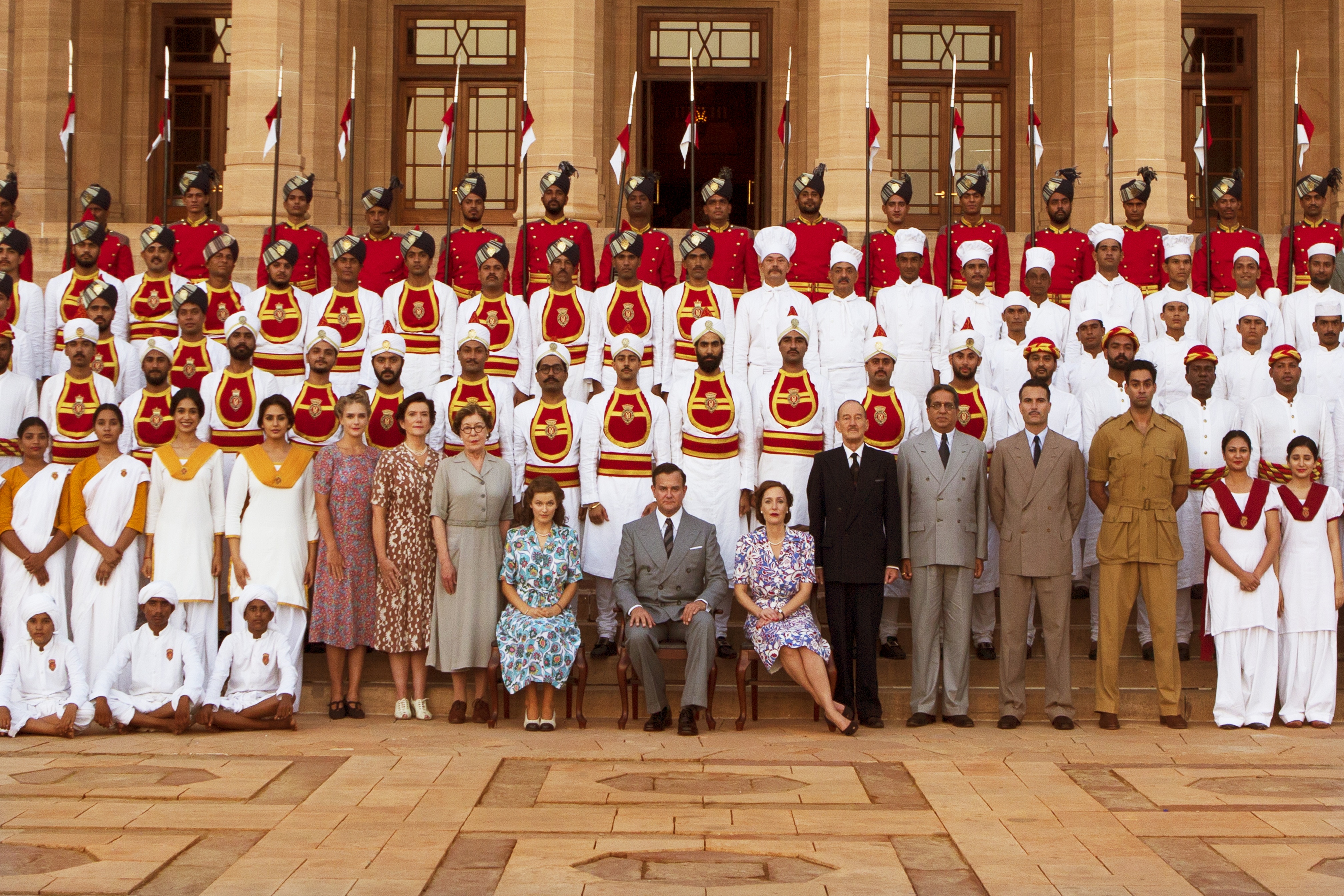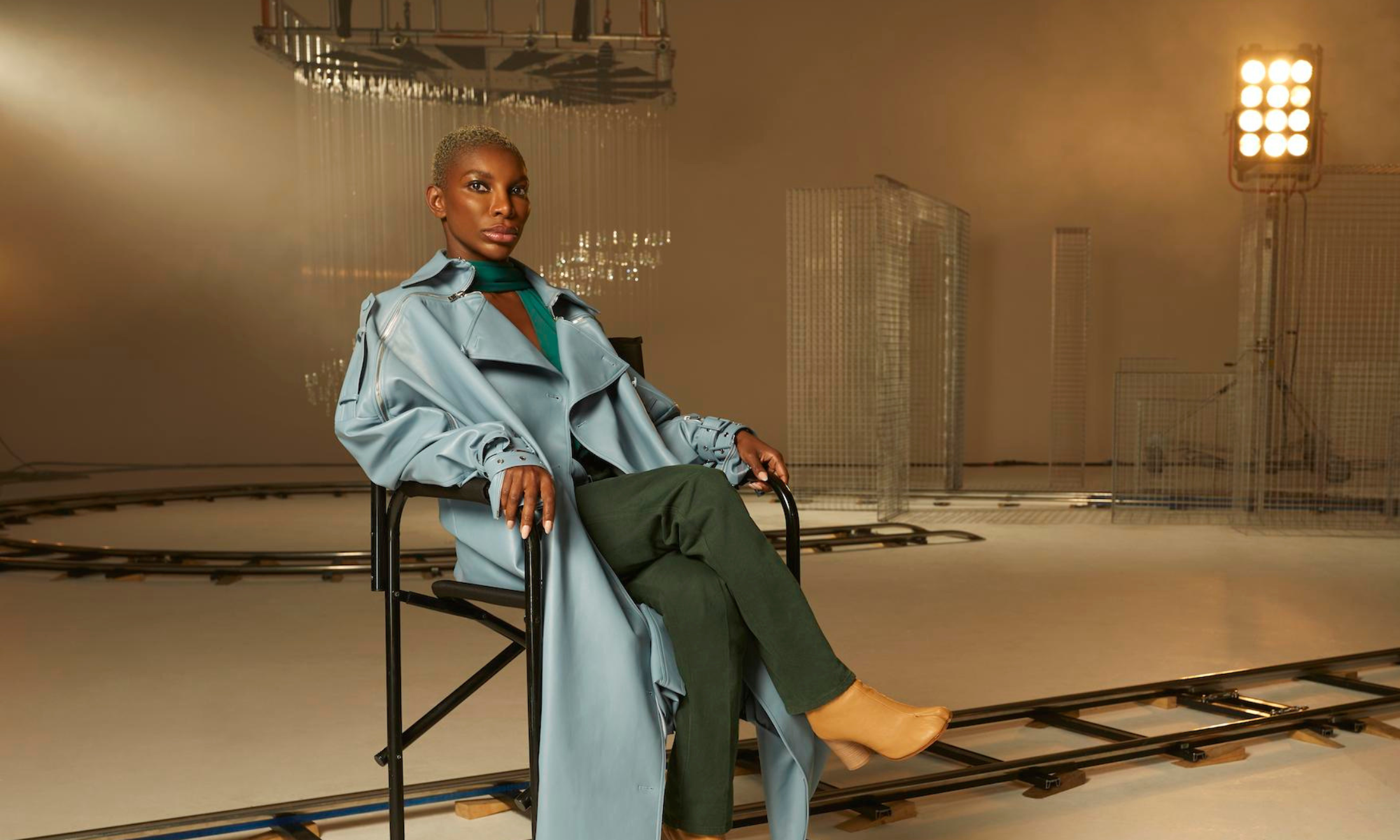
Gurinder Chadha’s Viceroy’s House and the importance of telling our own stories
Precious Agbabiaka
04 Mar 2017
“History is written by the victors.”
The moment this faded onto the screen whilst watching Viceroy’s House I was reminded of the proverb author and critic, Chinua Achebe once said; “Until the lions have their own historians, history will always glorify the hunter”. I loved watching Viceroy’s House because this story of partition, love, and making home a home again (based on true events) was told by a lion; British-Punjabi filmmaker, Gurinder Chadha.
I’ve been a fan of Gurinder Chadha’s for some years, notably her works such as Bhaji on the Beach, It’s a Wonderful Afterlife and Bride and Prejudice. What drew me was her ability to create accented films (see Hamid Naficy) that appealed to not only the south asian community within the UK but to other people of colour. Consistently exploring themes such as internal wars created when assimilating cultures, double-consciousness, generational divides and belonging, Chadha’s output has often been great at conveying the lived experiences associated with diaspora blues, both her own and mine through moving image. Long story short I think she’s awesome.
So of course when presented with the opportunity, I jumped at the chance to attend a private screening at 20th Century Fox of Chadha’s latest release, Viceroy’s House, and geeked out internally when she seemingly glided into the theatre just before the film began. I sat there as she told all who would listen that this is her most personal work yet as her grandparents lived through the partition and its aftermath. Relocating in the wake of the split, leaving everything behind, and also having to live with the horrors they experienced all of which affected their children and grandchildren, including Chadha born 13 years after.
Viceroy’s House in reality was originally constructed to be the home of British Rulers in India during the rule of the British Empire. As the latter began to crumble, the great-grandson of Queen Victoria, Lord Mountbatten, took on the role of the last Viceroy of India, and he along with his wife and daughter, relocated to India for 6 months to make the transition from British rule to Indian independence as smooth as possible.
Viceroy’s House comes across as the prequel to Chadha’s previous works where she is known for exploring the lives of young south-asian girls and women from the diaspora. In this film we see the journey that led to her tales of generational divides and identity searching which could be argued, all stemmed from the singular event that was the 1947 partition of India. The film tells the tale of India’s eventual freedom from the clutches of the British Empire and the bumpy road leading up to it. The story is largely told within the house where the theme of love is consistently explored between husband and wife, Lord and Lady Mountbatten (played by Hugh Bonneville and Gillian Anderson respectively) and two house workers; a Hindu servant called Jeet (Manish Dayal) and another worker, Aalia (Humar Qureshi). The inevitable split that will create India and Pakistan is depicted throughout the film in the form of tensions between political leaders during meetings, Lord and Lady Mountbatten as well as between the 300 Sikh, Hindu and Muslim servants working downstairs. Chadha does fairly well throughout the film in portraying the split beyond the partition itself through arguments / friendships ending and even the petty division of cutlery and books.
Whilst I thought this may be her best work yet both aesthetically and thematically, I did feel a lot of the focus was on tension and love and not enough displaying how partition affected ordinary people and who was ultimately responsible. Although she dropped hints that the death of 1 million Hindus, Sikhs and Muslims were the result of Britain ultimately trying to protect her own interests, I feel like Britain was in a way absolved from the mess she caused because of Lord and Lady Mountbatten, whose characters were written as heros. Even the official posters for the Viceroy’s House centre around its white characters with them either being placed at the forefront of the images or larger than their Asian co-stars.
Despite my issue of what appears to me to be an attempt to pander white fragility after making a whole room of caucasians feel uncomfortable with damning facts and figures, I love that this was Chadha’s retelling and nobody elses. We often say that there’s no single experience being a person of colour or a single way to tell the same story, and Chadha became the lion for her people and told the story how she wanted to; it’s hard to be annoyed at that.
Viceroy’s House is set for UK Release in cinemas 3 March 2017









